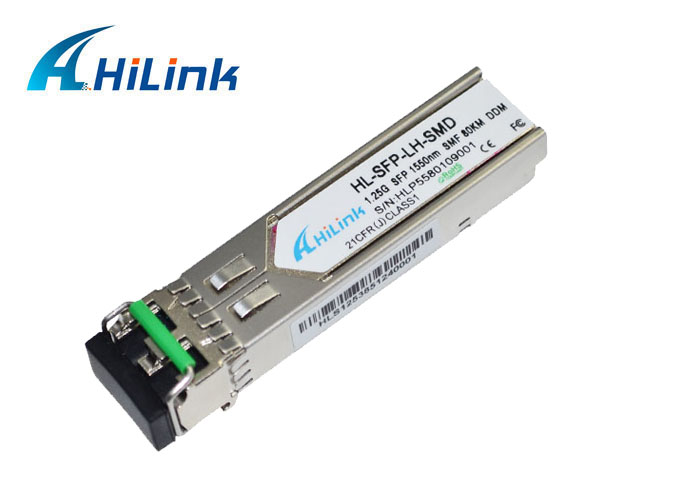Application of Optical Modules and Optical Transceivers
Jul. 31, 2020
Optical module is also called a photoelectric integrated module. It is an important device in the optical fiber communication system. Its function is to convert between optical and electrical signals. It is mainly used in the backbone network of the optical fiber network. It includes transmitting and receiving parts. The transmitting end converts electrical signals. After being transmitted through the optical fiber, the receiving end converts the optical signal into an electrical signal. The principle is the same as the optical transceiver, except that the optical module is more efficient and safer than the transceiver.
Optical transceiver is also called a photoelectric converter. It is a device that converts short-distance electrical signals and long-distance optical signals. Simply put, it is a device that extends the network cable. It is a device that combines short-distance twisted pair electrical signals with The Ethernet transmission media conversion unit that exchanges long-distance optical signals is also called a photoelectric converter in many places.

Optical transceivers are generally used in actual network environments where Ethernet cables cannot be covered and optical fibers must be used to extend the transmission distance, and are usually positioned in the access layer application of broadband metropolitan area networks. The last mile of optical fiber lines is connected to metropolitan area networks and The outer network also played a huge role.
Optical modules are accessories. They are generally only used in switches and devices with optical module slots. They can support hot-swapping and flexible configuration. Optical transceivers can be used alone, but optical transceivers are of fixed specifications and are difficult to replace and upgrade. The optical module is powered by supporting equipment; the optical transceiver is powered by a separate power source.
The optical module is just a module, a component of the device, and cannot be used alone. In the design of the optical fiber network structure, we often use the optical transceiver and the optical module together, so how to pair them?
1. The wavelength and transmission distance must be the same, for example, 1310nm or 850nm wavelength is used, and the transmission distance is 10KM.
2. Attention should be paid to the selection of fiber jumper pigtail interface. Generally, the SC port used by the optical transceiver, and the LC port used by the optical module.
3. The speed of the optical transceiver and the optical module must be the same. For example, a gigabit transceiver corresponds to a 1.25G optical module, 100M to 100M, and Giga to Giga.
The above information is provided by optical transceiver manufacturers.











